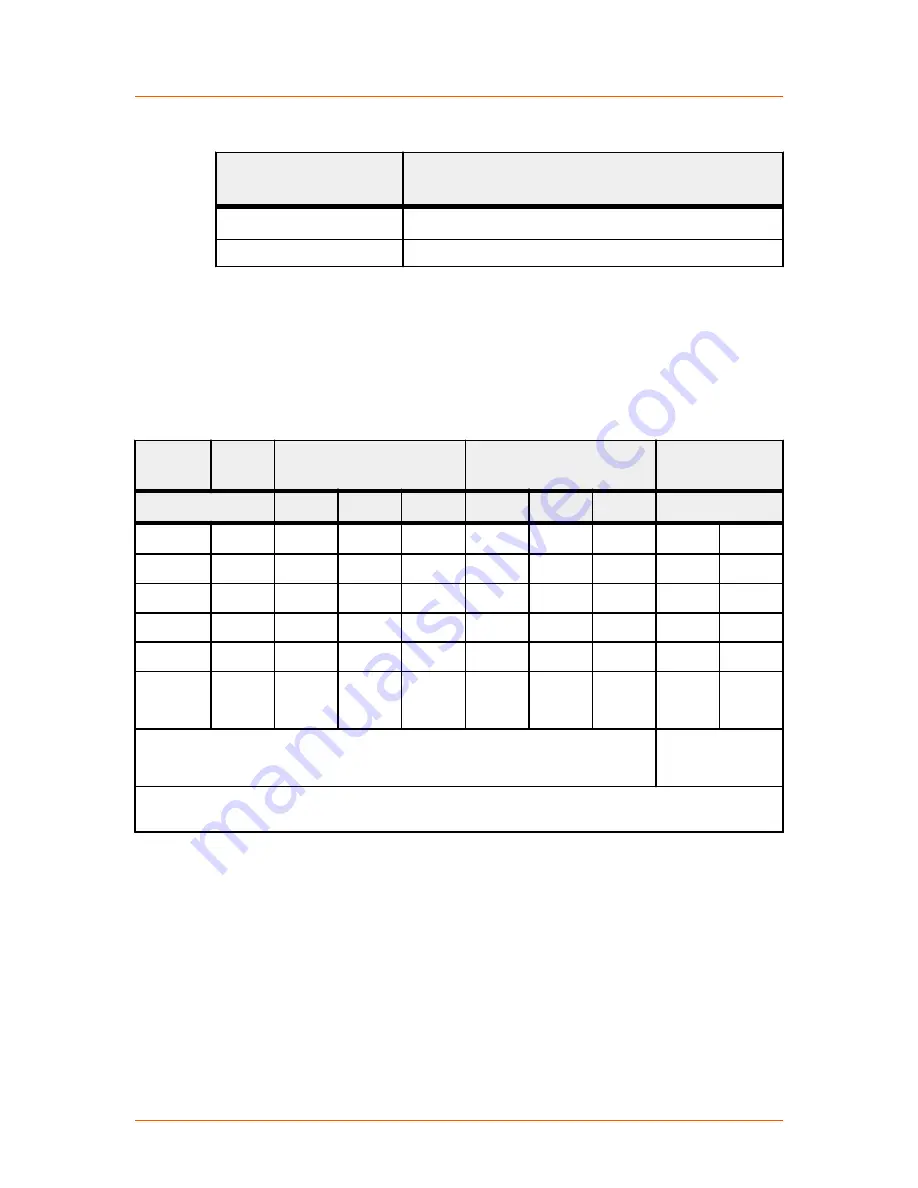
Table 5‑5. Controlled values (Continued)
Control Type
Control Value
(Proportional to the total setpoint)
I
2
control
Output current, I
2
rms
No regulation
Output proportional to the setpoint
Controller Response
If the load resistance changes (for example, due to temperature effect, aging, or load
fault), the power controller responds as shown in the following table.
Table 5‑6. Response to load changes
Control
Type
Limit
Load Resistance
Decreases
Load Resistance
Increases
Effective
Limitations
[1]
P
U
LOAD
I
LOAD
P
U
LOAD
I
LOAD
U
U
rmsmax
larger
=
larger
smaller =
smaller I
rmsmax
P
max
U
2
U
rmsmax
larger
=
larger
smaller =
smaller I
rmsmax
P
max
I
I
rmsmax
smaller smaller =
larger
larger
=
U
rmsmax
P
max
I
2
I
rmsmax
smaller smaller =
larger
larger
=
U
rmsmax
P
max
P
P
max
=
smaller larger
=
larger
smaller U
rmsmax
I
rmsmax
without
control
larger
=
larger
smaller =
smaller U
rmsmax
P
max
I
rmsmax
General modulation limit
T
s
=T
smax
α=α
max
If one of the limits is exceeded, then the limit relay K2 and the LED Limit react (default values of
MONITORING
Faults occurring in the power controller or in the load circuit are signaled. Signaling
is performed via the
FAULT
LED, and via the fault relay K1. The fault log may be
read via the Thyro-Touch display, or via the Thyro-Tool Pro PC software interface
after selecting the status line. Simultaneously with the fault signal, you can use the
Pulse Lock On/Off
(with acknowledgement),
Pulse Lock On/Off
(without
acknowledgement), or
Regulator Lock On/Off
(without acknowledgement)
configuration to require that pulse shutdown occur. The number and content of
Advanced Energy
®
Thyro-PX® Power Controller
57010148-00B
Installation, Setup, and Operation
5‑36




























